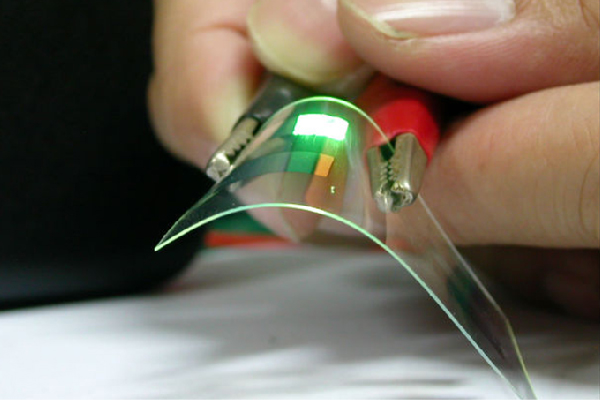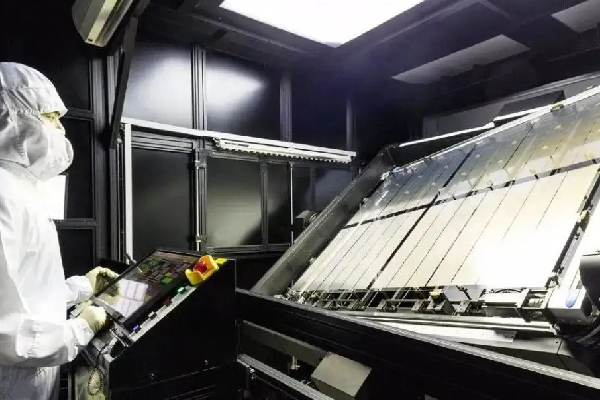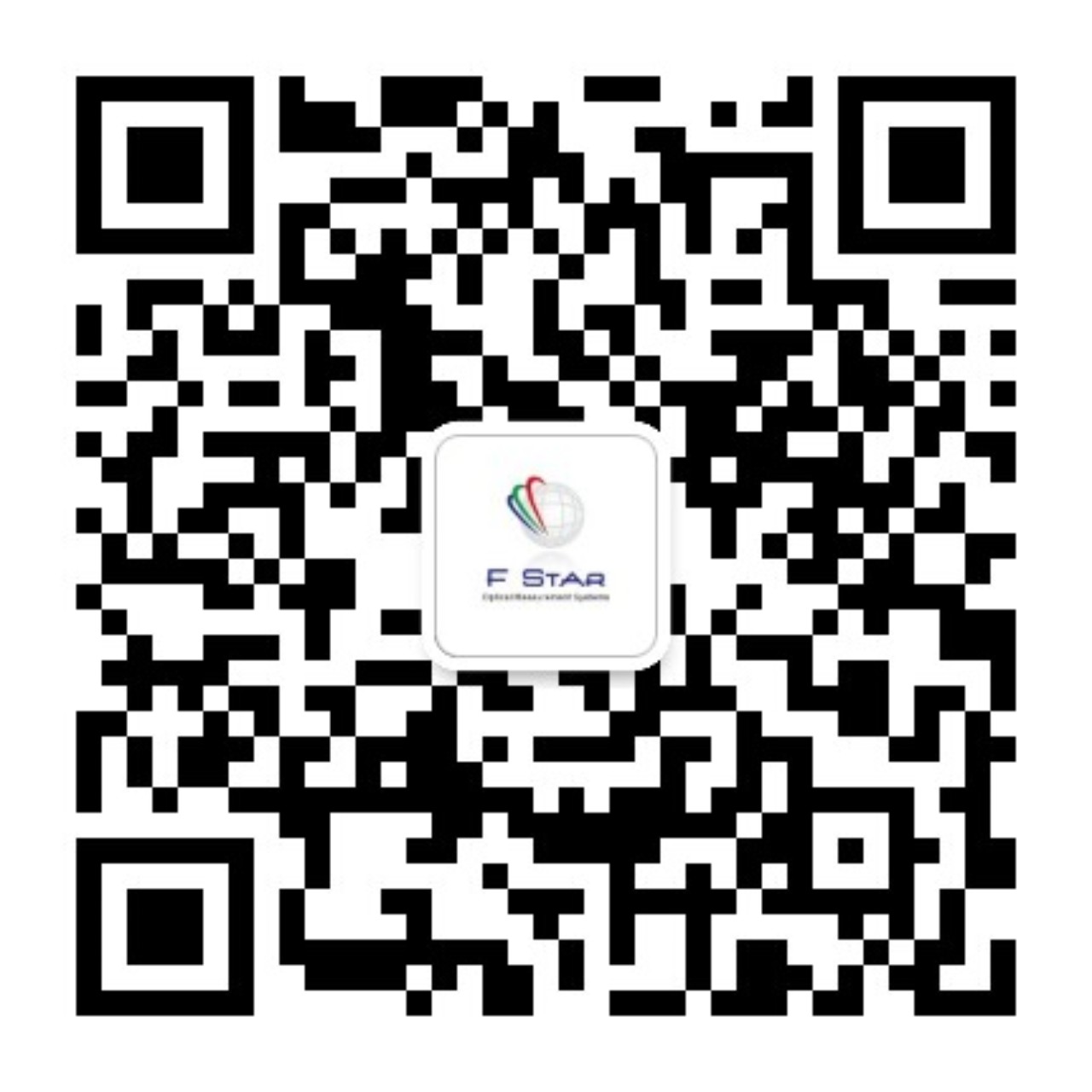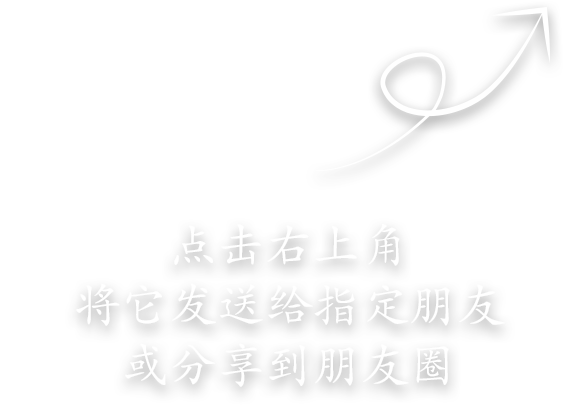
Core Objects:
Individual OLED light-emitting units (e.g., pixel-level devices, basic light-emitting structures).
Core Indicators:
Core Objects: Panels composed of multiple OLED device arrays (without integrated peripheral components such as drivers or packaging).
Core Indicators:
Evaluation Focus:
Focus on the "uniformity" and "integrity" of panel-level light emission. Identify optical defects caused by process deviations in array production (e.g., evaporation precision, mask alignment) to provide a basis for panel grading (e.g., Grade A/B).
Evaluation Focus:
Verify the "stability" and "scene adaptability" of optical performance after integration. Ensure the optical performance of modules meets standards under simulated end-use conditions (e.g., automotive vibration, outdoor temperature changes) to support mass production process closure (e.g., driver IC matching, packaging process optimization).

Core Objects:
Complete display terminals formed by further integrating modules with enclosures, touch layers, anti-reflective films, etc. (e.g., mobile phone screens, TV screens).
Core Indicators:
Evaluation Focus:
With "end-user experience" as the core, verify the optical performance of the display in actual usage scenarios (e.g., outdoor visibility, smoothness of dynamic frames) to ensure compliance with experience standards in consumer electronics, automotive, and other fields (e.g., ISO 15008 visual comfort requirements for automotive applications).



